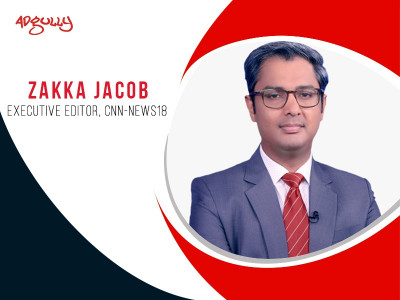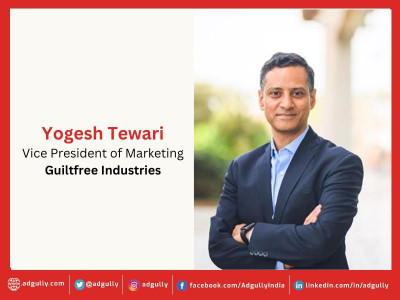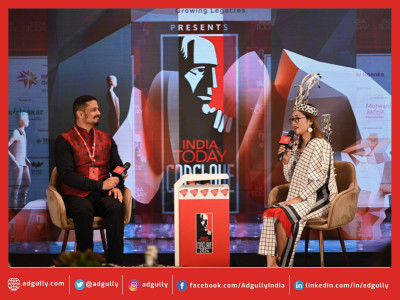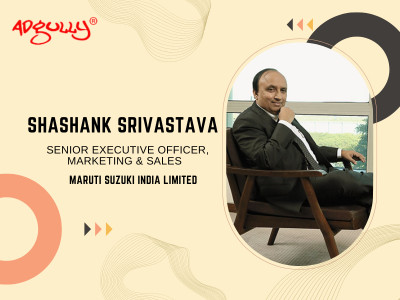To think that Twitter trends make for big viewership is wrong: Zakka Jacob
Along with businesses and the economy, the COVID-19 pandemic has impacted the news industry as well. Ever since the pandemic struck and the lockdown imposed across the country, news consumption saw a tremendous spike. Journalists out in the field were also hailed as ‘COVID Warriors’ and they have been working throughout the entire health crisis.
With his inimitable approach, Zakka Jacob, Executive Editor, CNN-News18, has earned the ‘thinking man’s anchor’ moniker in the television news industry. In his span with CNN-News18, Jacob has managed to carve a niche in the crowded and noisy primetime, which is dominated by loud talking panelists and shouting matches that pass off as debates. He is the only Indian anchor who has won the prestigious Asian Television Award for Best Anchor in Asia, twice, that is, in 2016 and again in 2018.
In conversation with Adgully, Zakka Jacob speaks about journalism and news in the times of the pandemic, social media in news space, fake news and more.
How do you view Journalism and News during the times of the global health crisis?
This is a tremendous crisis which is redefining the way we live and the way we work. And journalism is not immune to it. People are more tuned in to what is happening, there’s a lot of interest in COVID-related news. And the ratings data show that there has been an increase in news viewership over the last 6 months.
What are your observations on news consumption behaviour during the lockdown period? What kind of viewership growth did CNN-News18 see during this period? How is the channel strategising to retain its viewers as India unlocks?
As you would expect, news viewership did grow exponentially during the lockdown because there was great interest around the pandemic story and people were mostly at home, so it was easy to access a television and consume news. After the lockdown, some of the peaks we witnessed for viewership have come down, but overall the news base is still higher than before the pandemic struck…meaning the entire news universe has grown due to and during the pandemic.
How has the COVID situation impacted the entire news operations? What kind of impact has it had on journalists’ well-being and mental health – no one talks about that openly, could you shed some light on it?
We have also had to take all necessary precautions. Way early in March, even before the Janta curfew and lockdown, we split our teams into four and operated out of two buildings. We also flew down a special team of about 20 people to Mumbai, who were there for more than two months. All our teams – from desk to production to editors to graphics – were split and working in reduced teams so that even if one person in one team were to be infected, there would be other teams to do the job. About a third of our team, which includes reporters, has been working from home. So, it’s been a novel experience for all of us.
TV news debates are increasingly turning acrimonious – recently the spokesperson of a political party died after taking part in a debate on a news channel. Do you think it is high time news channels got together to address this? According to you, what is the way out?
While I get that a lot of people are sick and tired of shouting matches and the tu-tu main-main that news TV has become, there are still a large proportion of people out there who want to watch the debate format. As for CNN-News18, we offer a wide variety of programming, debate and non-debate. For example, ‘The Right Stand’, which my colleague Anand does, is a full-fledged debate, whereas ‘Brass Tacks’, the show that I do, does not have a debate. So, we believe in a mix of programming.
How do you prepare for your show ‘Brass Tacks’? What would you call your style of journalism?
Like I said before, ‘Brass Tacks’ is not a debate show. The show does not put up ten talking heads in small matchstick windows and expects or encourages each of them to fight. It’s an explainer show. It’s about shining the light and not turning up the sound. It’s about explaining to the viewer why a particular story is important and why he or she should care about it. It’s a deep dive to enlighten the viewer on a particular topic.
The menace of fake news continues. Where has the industry failed to tackle this issue effectively? According to you, what needs to be done?
I think with the advent of fact checking websites, a lot of this has been reduced to a great extent. But yes, there is still a long way to go. The only way out I believe is for news TV to take a moment to verify stuff that’s taken off WhatsApp or Twitter and check with their own reporters and sources before they put it on air. In CNN-News18, we have a very clear policy, even if our Assignment desk spots a particular story on Twitter, unless our own reporter confirms it, we don’t put it on air. This helps us reduce unverified information on air quite a lot.
How do you see the role of social media in the news space? How is digital helping CNN-News18 engage with a wider set of audiences?
We see the two audiences as quite different. Yet there are many ways in which TV can use social media to divert traffic towards its way. By making a lot of noise on social media, TV can attempt to get a sampling of new viewers. That’s a good thing. But to think that Twitter trends make for big viewership is wrong. Our ratings data has shown that the two, at times, can be quite different.
With the hectic pace in the news domain, how do you ensure some ‘me time’? What is your mantra to unwind from a 24x7 schedule?
Fortunately, I have a good set of friends outside of work. Yes, we haven’t been meeting as often recently because of the pandemic, but otherwise we used to always hang out, almost every other weekend. I also have a 7-year old with whom I don’t get nearly enough time to spend. So, whatever little time I get outside work, I try to spend it with her.
















Share
Facebook
YouTube
Tweet
Twitter
LinkedIn